‘Each of us is our own artist, and even if our choices sometimes seem thoughtless or too extravagant, what guides us comes from deep within’ – Dr Sonia Sabbatini.

Today we’re visiting psychologist Sonia Sabbatini in Foligno, Italy, to talk about the art of transformation from the perspective of modern psychology.
Autumn is a time of change and, just as the leaves change colour, many women, myself included, start running frantically between hairdressers, beauty salons and perfume shops to update their appearance. Sometimes they no longer recognise themselves.
– Perhaps this frenzied desire to cut or recolour their hair at all costs, now rather than a month later, is simply a tribute to fashion, a desire for the aesthetic ideal? Or is there something neurotic about this desire to change, and the eruption of autumn colours has nothing to do with it?
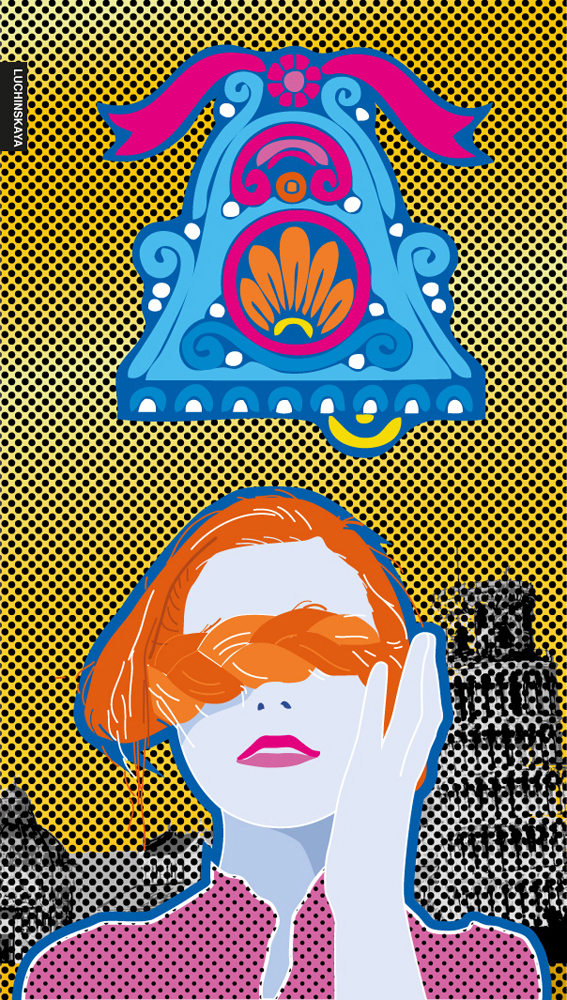
-Autumn has always been a season of change, not only in terms of climate, but also, as mentioned in the question, in terms of beauty and aesthetics, confirms Sonia.
The irresistible urge to change our appearance, particularly our haircut and/or hair colour, inevitably arises at this time of year: with the end of summer and the arrival of September, the chapter closes and we experience changes, new challenges and new projects.
Once the season of holidays and relaxation is over, we start again on a new footing: rejuvenated, rested and with the desire to renew ourselves.The renewal we notice most immediately is in our hair.
Perhaps we need to be a bit artistic on the inside to transform ourselves to suit the season?
You don’t have to be a professional to change your appearance and take care of yourself, because each of us is our own artist, and even if our choices sometimes seem bold or excessive, what guides us comes from deep within.



What about you, psychologists? Do you sometimes have an irrepressible urge to change your image?
I don’t change my image very often, and if I do, it’s never too much, at best I cut my hair or opt for a more coppery colour than the usual ‘blond’. Once, when I was a teenager and my hair was still ‘natural’, I asked my hairdresser to give me a normal haircut, but as I had very straight hair, I wanted to do something different, so I permed just one strand…. because change is possible, but not too much!
But I know colleagues who dare to go further, to dye their hair or even a few strands in much brighter, more intense colours than I would have done. It’s a personal choice, and the important thing is to always feel comfortable looking at yourself in the mirror.
I think everyone can look extravagant if they want to, although I know that in some professions, tattoos in plain sight, nose piercings or hair of too specific a colour are frowned upon. Everyone should have the opportunity to show their potential and professionalism regardless of their appearance, and as we’ve already said, such prejudices are never good and don’t lead to anything constructive.
A shorter, shinier haircut or a different hair colour gives girls and women the emotional boost they need to get off to a good start at work, school or even sport!



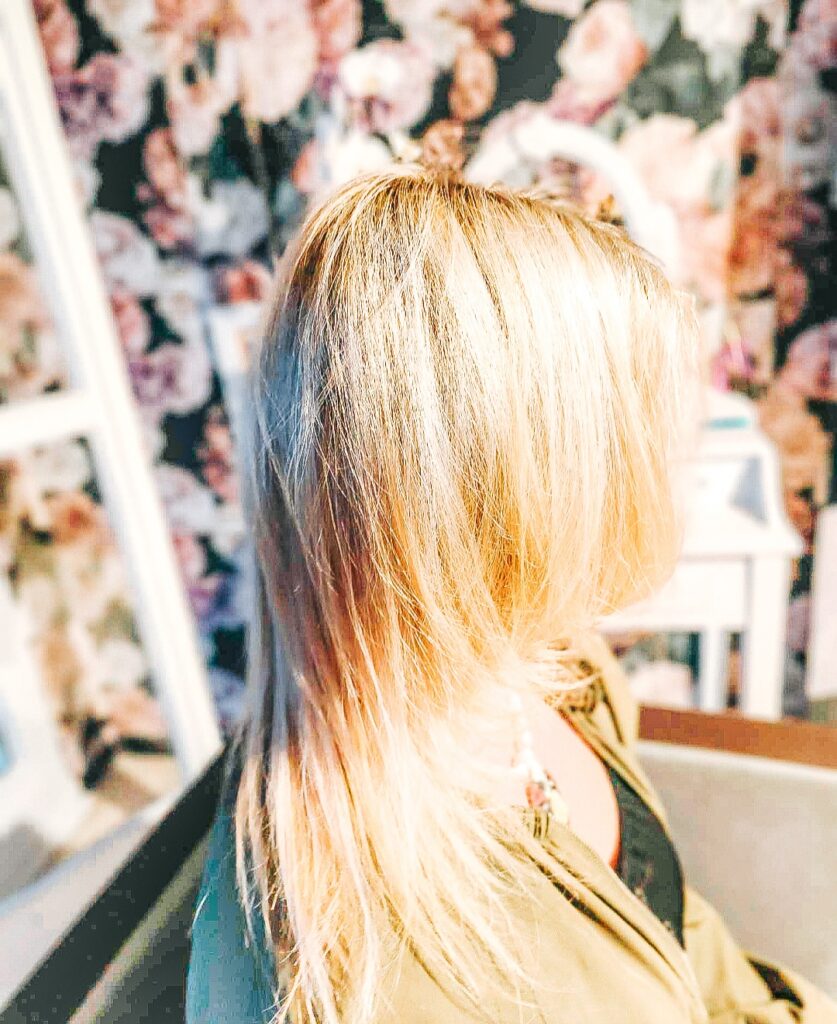

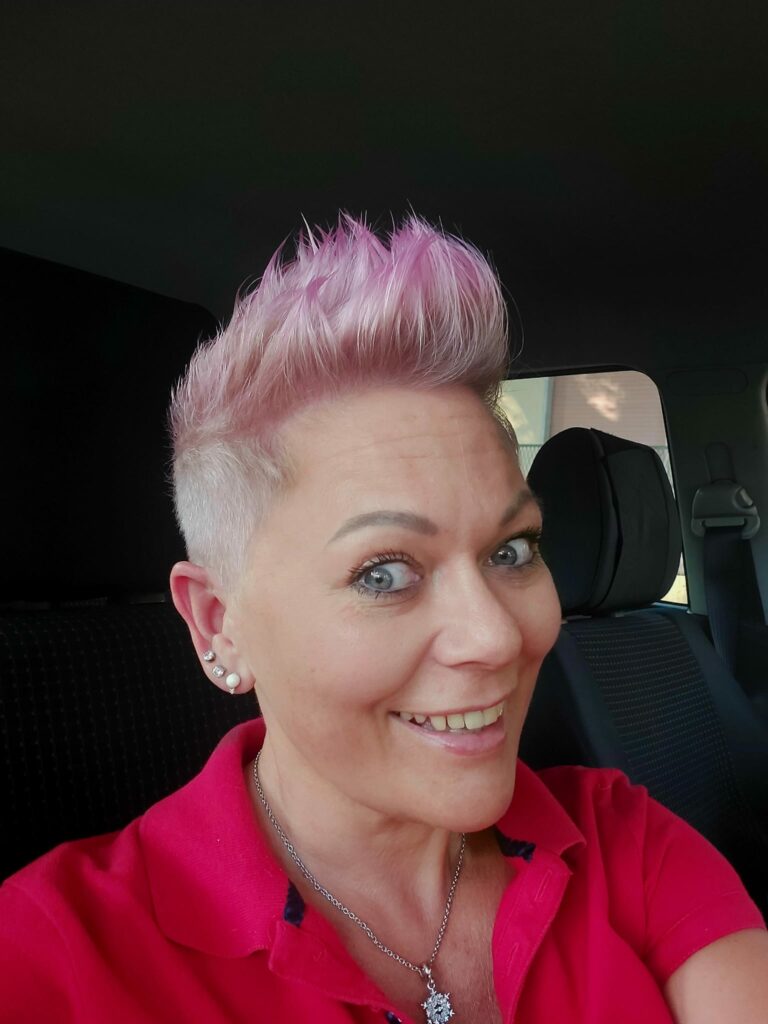





The fact that this deep-seated desire is also a direct consequence of changing fashion trends is almost taken for granted.



The fashion of the moment is almost taken for granted: we all want to feel beautiful and fashionable, and if the autumn trend goes hand in hand with our desire to change a little – and become even better!
Is it a change neurosis or an exaltation of autumn colours? We may be a little influenced by the season itself, but on the whole it’s a positive inner impulse that accompanies us in our efforts to change; no negative impulses, unless there are underlying disorders, but that’s another story!
– Knowing the specifics of your professional experience, can you draw conclusions about a troubled teenager or their family based solely on their appearance and image? Perhaps there have been cases in your practice where neurotic changes in a patient’s appearance have played some part in the therapy?
– I can say that a person’s first impression is inevitably linked to their appearance, but we must never confuse ‘prejudice’ (which has a negative connotation) with first impressions, which are the perceptions that each of us has of another person before we even know them.
We all express our inner selves through the way we show ourselves to the world: our clothes, our grooming, our nails, our hair and the way we position ourselves in the society around us say a lot about us.
A well-informed eye, trained in behavioural analysis, can certainly sound the alarm on issues that may prove problematic later on, but only real therapy can confirm this.
And it’s always within the framework of psychotherapeutic therapy that appearance and aesthetics can find their place in revealing difficulties in accepting one’s body and oneself, often in adolescents, but also in adults who need help to overcome them.
This is often the case with teenagers, but also with adults who do not accept certain characteristics of their own appearance, or even real physical defects, going as far as dysmorphophobia, one of the disorders I mentioned earlier.
-Omitting the appearance of favourite film characters: is this a highly developed fantasy, infantilism or perhaps a neurosis?
Perhaps there are psychological techniques you can use yourself to check whether the desire to shave your head (I’m exaggerating a little) is real or temporary?
On the other hand, the desire to resemble or copy the hairstyle of a character from the films we love is largely dictated by current trends.
What’s more, the desire to resemble or copy the hairstyle of a character from the films we love is largely dictated by current trends.
This doesn’t just happen to girls; boys too are inspired by their TV idols, imitating their hairstyles, movements and behaviour. The fashion of the moment gives a lot, but there is also a great need for identification, especially among the youngest, who feel the need to feel like this character, to project him into their real lives, to dress like him, to cut or colour their hair like their idol and to start talking in the same way. Sometimes this happens because the protagonist has a similar character, so that the subject is reflected in him or her or, on the contrary, is diametrically opposed to the subject who is watching him or her on the small screen, evoking the desire to be different.

In my opinion, one technique that can help us understand whether the desire to change is just the result of a temporary crisis or not is to stop and listen to ourselves: take some time for ourselves, perhaps even practise meditation, and try to reconnect with our inner self, thus clarifying what we really want!
But beware, this is not a practice you can learn in an instant….. It takes time, concentration and someone to guide you along the way.
It takes time, a lot of concentration and someone to guide us along this path, at least in the beginning.
My advice is to trust professionals in this field, psychologists and psychotherapists, who will help you and give you all the tools you need on this path to inner knowledge.


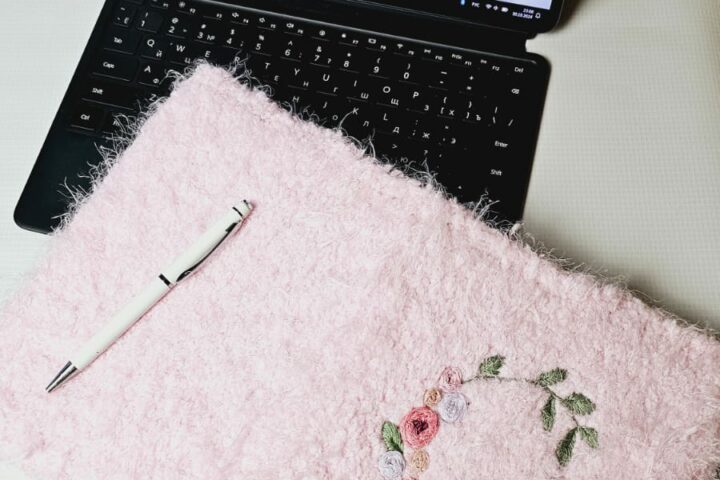



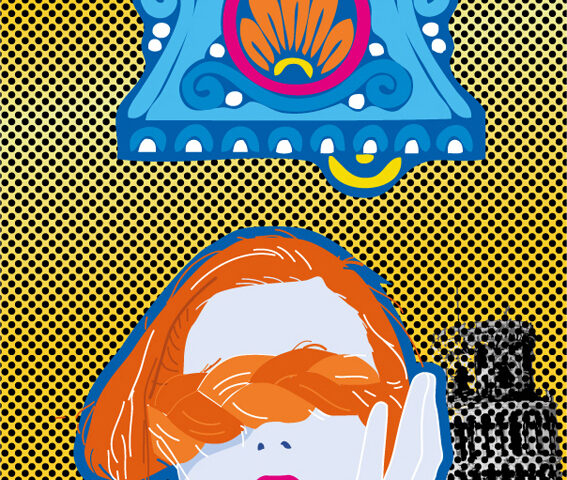


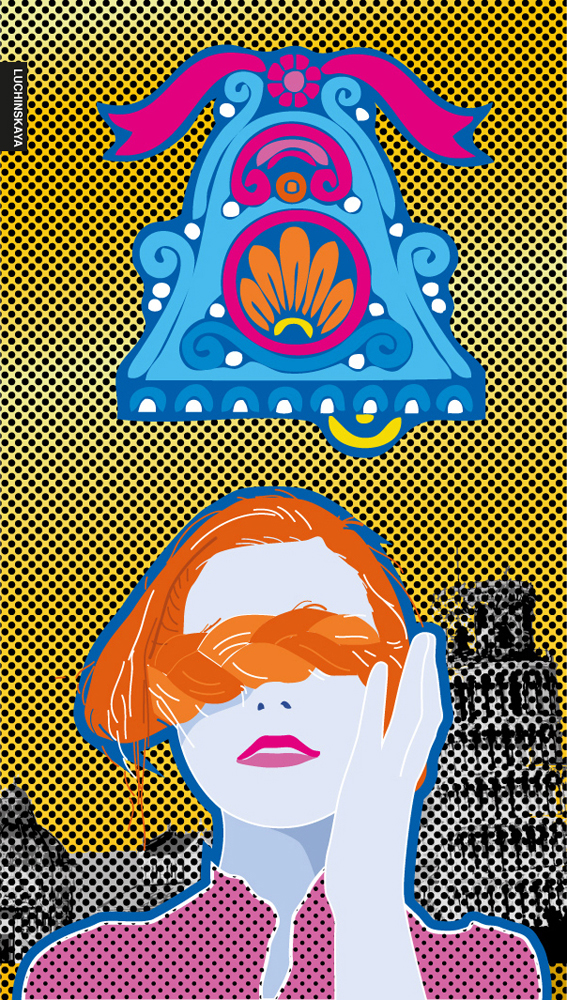
You’ve really nailed it with this post—fantastic job!
Thank you!so polite! I try my best🤓
This post gave me the answers I was looking for—thank you!
This article is a fantastic reference—thank you!
Thank you! We try out best 🍀🍀🍀💓💓💓